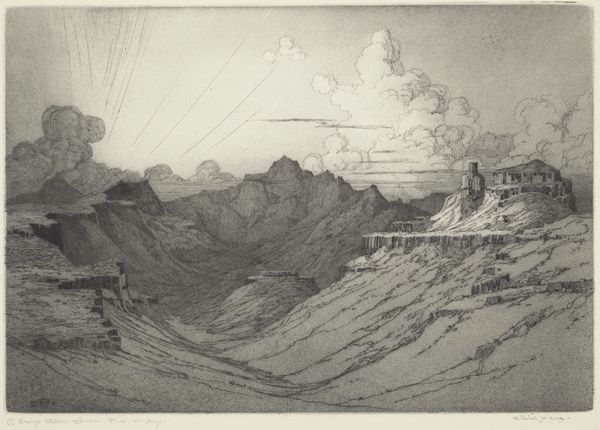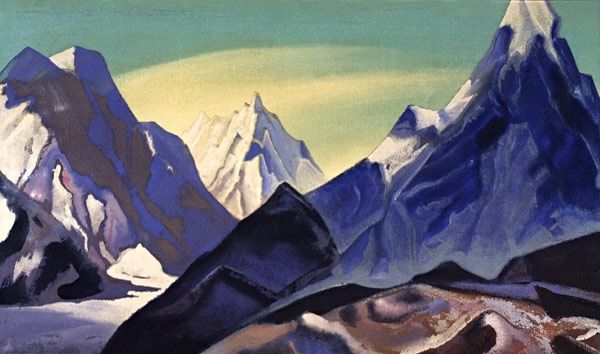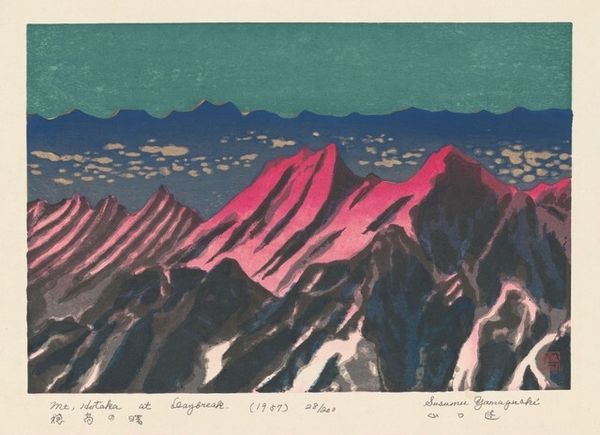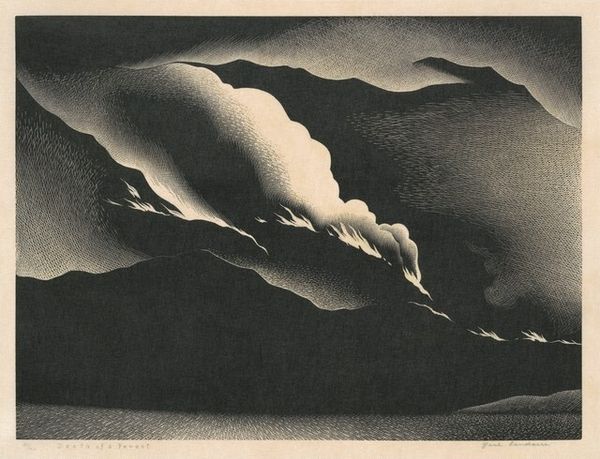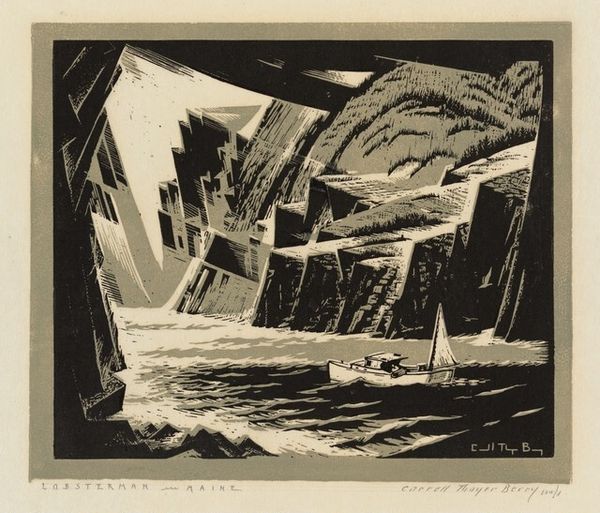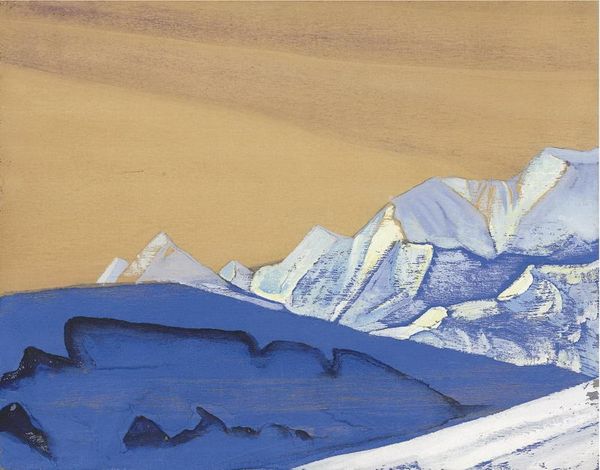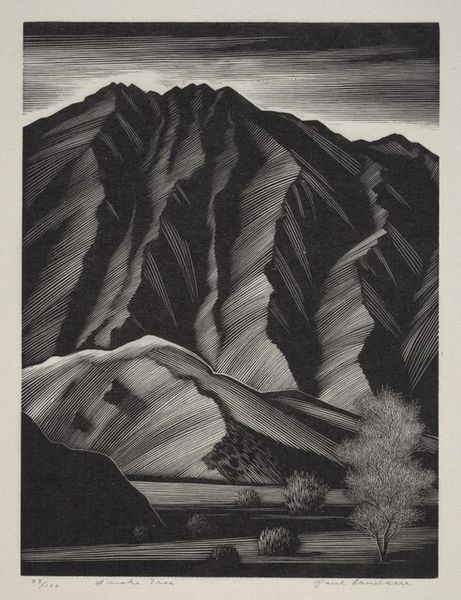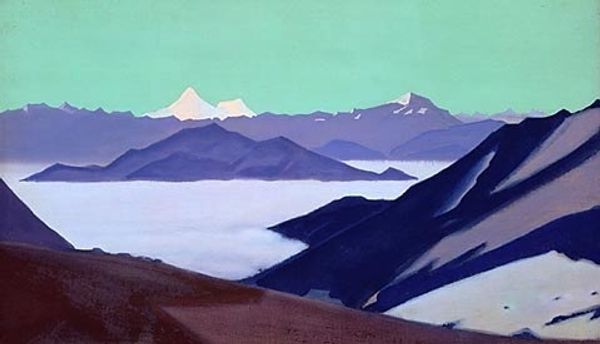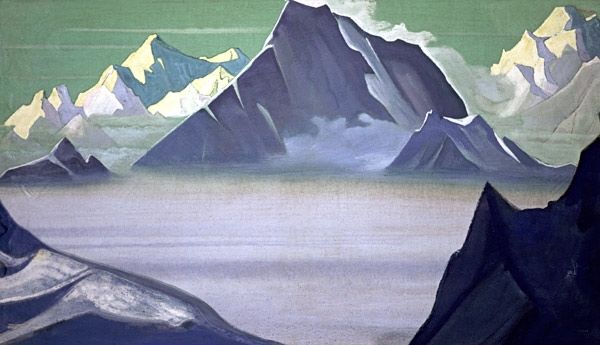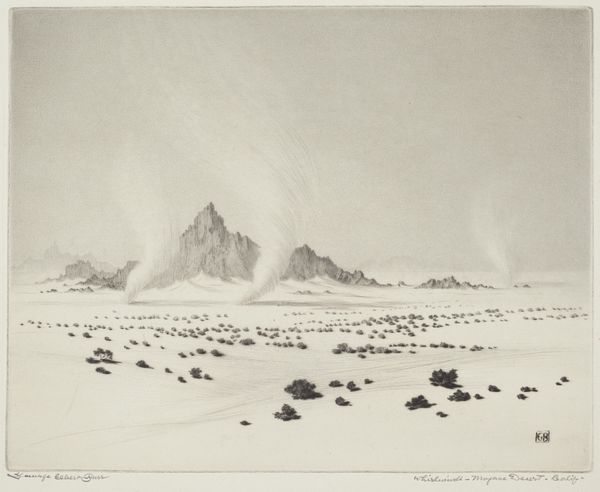
drawing, print, pencil
#
pencil drawn
#
drawing
# print
#
pencil sketch
#
landscape
#
pencil drawing
#
geometric
#
pencil
#
modernism
Dimensions: image: 30.6 × 38.6 cm (12 1/16 × 15 3/16 in.) sheet: 40.6 × 50.7 cm (16 × 19 15/16 in.)
Copyright: National Gallery of Art: CC0 1.0
Curator: Richard Day’s “The Sands of Whitewater,” created around 1930, is a pencil-drawn landscape, stark and somewhat severe in its geometric simplifications. Editor: My first thought? Eerie tranquility. It's a silent movie scene, like some forgotten planet with light that cuts sharper than any knife. There's no wind; I can feel it. Curator: Day's print offers a rather modernist take on the landscape. The rendering is incredibly precise, almost architectural. There’s a clear emphasis on form and structure that pushes it beyond mere representation. We are really in the territory of feeling, rather than seeing, here. Editor: Precisely! I get the feeling that those stark lines were deliberately chosen. All these sharp angles reflecting light makes you feel almost unwelcome to approach such space. Even the texture is almost uniform—that grey hue across the page that builds these layers from mountains to the sky is very unnerving. Curator: That feeling has been read in a variety of ways over time. We might reflect that it was created at the beginning of the Depression. There's a harshness to life echoed, perhaps unintentionally, within it, too. We cannot ignore the broader socioeconomic and artistic contexts which influenced the production of landscape as a public genre. Editor: Perhaps. Or maybe the artist was drawn to the beauty of those mountain landscapes in their most abstract sense? A moment where the geometric and raw forms collide to create a beautiful experience that evokes more than any representation can accomplish. Curator: It highlights the dialogue between landscape and representation at an important period in America's artistic self-reflection, certainly. Editor: And leaves a slightly bitter taste for modern society. It speaks about a time when humans did not yet touch it. Curator: So there's hope there too, maybe!
Comments
No comments
Be the first to comment and join the conversation on the ultimate creative platform.

